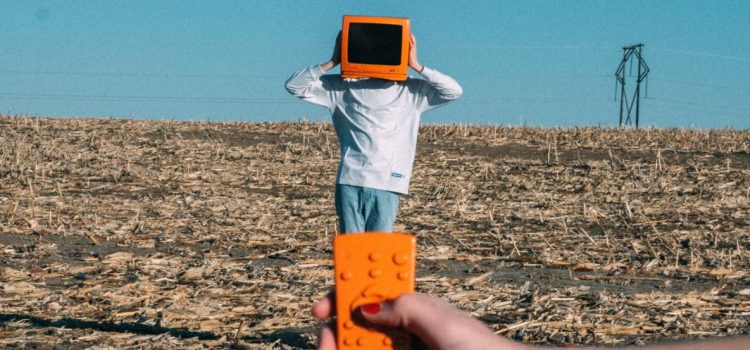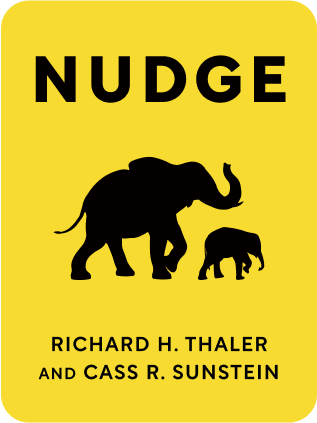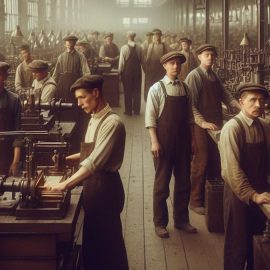

This article is an excerpt from the Shortform summary of "Nudge" by Richard H. Thaler and Cass R. Sunstein. Shortform has the world's best summaries of books you should be reading.
Like this article? Sign up for a free trial here .
What are choice designers in the book Nudge? What steps do choice designers such as parents often take to influence their children to make better decisions?
In the book Nudge, the authors present six techniques that can be used to influence the decisions of others. The authors present these methods in hopes that the choice designers will lead the choosers to a more positive decision, but many marketing companies use them to manipulate customers.
Continue reading to learn how decisions can be influenced.
Designing Choices to Influence Your Decisions
According to Thaler and Sunstein in their book Nudge, the most effective way for choice designers to influence decisions of choosers is through the educated and purposeful design of choices. They outline six techniques—anticipating error, offering defaults, emphasizing outcomes, drawing maps, narrowing the field, and offering incentives—that can be applied to some of the most difficult and momentous choices people face to help them make better choices.
(Shortform note: In fact, all nudges are essentially a form of anticipating error: They respond to—and attempt to disrupt—particular habits in decision-making that lead us astray. The six techniques are tools to help manage that instinctive error.)
Parents use these six techniques intuitively. (Parents, whether they realize it or not, are seasoned choice designers.) How do parents nudge their children toward more healthy food choices, for example?
- They might anticipate error—that is, their child raiding the cookie jar when the parents aren’t looking—and choose to hide the treats (or not keep them in the house at all).
- They might institute a healthy default—for example, the child is always allowed fruit for dessert—which could mitigate requests for less healthy options.
- They might emphasize the outcome of the child’s choices. For example, if a child isn’t eating her vegetables, a parent might warn her that she won’t grow up to be “big and strong” like her favorite athlete.
- If a child is having trouble connecting healthy choices to clear benefits, parents might draw them a map that outlines how their healthy choices will lead to better outcomes. (For example, “When you eat vegetables, your muscles absorb valuable nutrients that help them grow, making you better able to run faster and jump higher.”)
- When there are many choices available, parents will narrow the field to nudge their child toward the healthier choices. (For example, at a restaurant, a parent might allow their child to order pancakes or dessert but not both.)
- They’ll offer incentives to encourage healthier eating. (For example, a child might earn extra TV time for each piece of fruit he or she eats.)
| Choice Design and Paternalism The use of parenting as an analog for Thaler and Sunstein’s choice designer points to the fundamental question the authors are at pains to address: How is choice design different from straight-up paternalism? Isn’t designing a choice system—say, a company retirement plan—to affect certain outcomes just like a parent mandating certain choices for his child? There are two key aspects of choice design that undermine its paternalism: First, (some kind of) choice design is inevitable. Picture any choice you’ve had to make, from the most commonplace (choosing which brand of AA batteries to buy) to the most consequential (deciding whether to undergo a particular kind of medical treatment). Each of these choices comes with a particular choice structure, whether purposefully designed or not: A store clerk just happens to put the Energizer batteries at eye level, or your doctor presents the therapeutic options in terms of their success rates rather than failure rates. Because of our innate cognitive biases and tendencies, these choice structures influence the choices we make. For example, if a doctor tells you that a procedure has a 90% success rate, you’ll probably opt for that procedure. If he tells you that 10 out of 100 people who get the procedure have debilitating side effects, you might think twice about the procedure even though the risk is exactly the same. Thaler and Sunstein argue that because some kind of choice design is unavoidable, it’s not invasive or an overreach to think about how certain choices are presented and to change that presentation to encourage good choices. Second, choice design never constrains choice. Traditional paternalism constrains choice by top-down, command-and-control means. (Two classic examples of paternalism are so-called “sin” taxes, which make unhealthy products like soda and tobacco products prohibitively expensive, and outright bans.) Choice design, however, doesn’t limit a person’s choices; it just orders or organizes those choices to urge the chooser toward the best choice. For example, say a pharmacy decides to remove any candy products from its register areas—to discourage unhealthy eating habits—but continues to carry those products in its aisles. The pharmacy hasn’t limited its customers’ choice—customers can still purchase candy there—but it has changed the choice structure to promote a certain outcome. |

———End of Preview———
Like what you just read? Read the rest of the world's best summary of Richard H. Thaler and Cass R. Sunstein's "Nudge" at Shortform .
Here's what you'll find in our full Nudge summary :
- Why subtle changes, like switching the order of two choices, can dramatically change your response
- How to increase the organ donation rate by over 50% through one simple change
- The best way for society to balance individual freedom with social welfare






